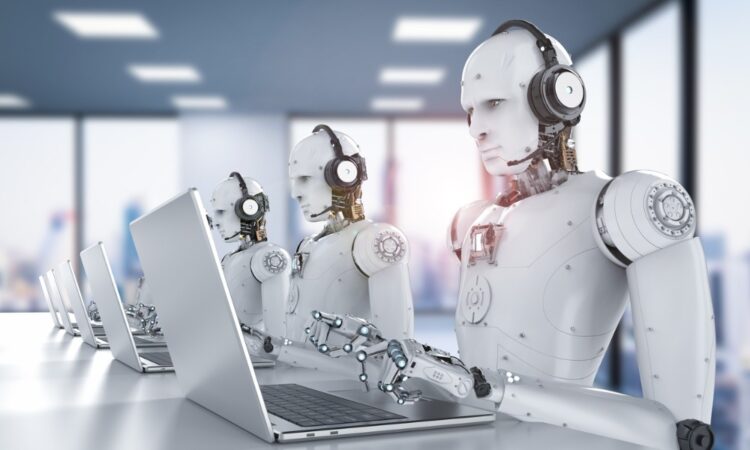
In recent years, robots have been gaining ground in various industries. From manufacturing and logistics to health care and retail, the capabilities of robotics are being harnessed for a host of activities previously performed by humans. Robots pose numerous advantages in that they can perform tasks more quickly and accurately than their human counterparts.
With so much potential presented through robots, it is worthwhile to investigate the benefits these machines may provide to fully appreciate their presence within our society. This article will explore some critical advantages of using robots in businesses and organizations across various fields—from increased efficiency to cost savings—and discuss why they should be seen as opportunities rather than threats.
Overview of robots and their uses in modern society
Robots have become increasingly prevalent in modern society due to advancements in technology. Robots are machines designed to carry out specific tasks, often more efficiently and accurately than humans. They are used in various industries, including manufacturing, healthcare, transportation, and entertainment. For example, factories commonly use robots to assemble cars or other products with precision, speed, and consistency.
Healthcare professionals use robots for surgeries and to assist with patient care. In transportation, autonomous vehicles are being developed and tested to reduce accidents and increase safety. The use of robots is expected to continue to grow and evolve as technology advances, leading to even more efficient and beneficial applications.
Benefits of using robots for manual labor
One of the significant benefits of robots’ use in manual labor is increased efficiency. Since robots are designed to carry out tasks quickly and accurately, they can help increase production rates and output quality. It could result in decreased waste and faster turnaround times for businesses.
Robots also require less energy than humans, which can help reduce costs associated with energy consumption. Additionally, robots do not need breaks or vacations like their human counterparts, meaning businesses can save on labor costs while increasing productivity. Robots also allow companies to operate 24/7 without worrying about personnel availability.
Finally, robots are highly reliable due to their consistent performance; they don’t get tired or make mistakes as humans can. This makes them great for use in hazardous environments, such as construction sites or manufacturing plants, where their accuracy and dependability can help mitigate potential risks.
Increase in productivity and efficiency due to robotics
Robots can also help increase productivity and efficiency in a variety of ways. First, since robots are programmed to carry out specific tasks, they can do their jobs faster and more accurately than humans. It allows organizations to get more done in less time. Robotics can also help reduce labor costs by freeing employees to focus on other aspects of the business that require human input or oversight.
Additionally, robotic systems can be updated with new features and programs over time, allowing them to keep pace with changing technologies while providing improved performance for companies.
Finally, robotics gives businesses greater flexibility in decision-making; since they’re automated systems, decisions can be made quickly without waiting for input from human personnel. It can help organizations quickly respond to changes in the market or customer demands and stay ahead of their competition.
Automation capabilities that reduce human error
Robots are also helping to reduce human error in a variety of ways. By automating mundane and repetitive tasks, robots can help eliminate errors that would otherwise occur due to fatigue or boredom on the part of human operators.
Robotic systems are designed to follow pre-programmed instructions, providing consistency in performance, and eliminating mistakes caused by miscommunication or misunderstanding between personnel. Furthermore, robotics can monitor processes and alert personnel when a specific task needs attention or is not performed correctly. It helps ensure accuracy and quality control throughout an organization’s operations.
Finally, since robots tend to be more precise than humans, they can help provide higher levels of accuracy concerning many manufacturing processes—something essential for many industries.
Impact on the quality of products produced through robotics
The use of robotics can also positively impact the quality of products produced. Due to their accuracy and precision, robots can help ensure that items are manufactured according to exact specifications. It is especially beneficial for aerospace, automotive, and medical device manufacturing industries, where precision is essential. Robots can monitor product quality throughout the production process; this helps identify any issues before they become more widespread or cause damage down the line.
Additionally, robotic systems can carry out tasks quickly and reliably without tiring—which could lead to human error if done by personnel. It means that businesses can produce higher-quality products in shorter amounts of time with fewer mistakes occurring along the way.
